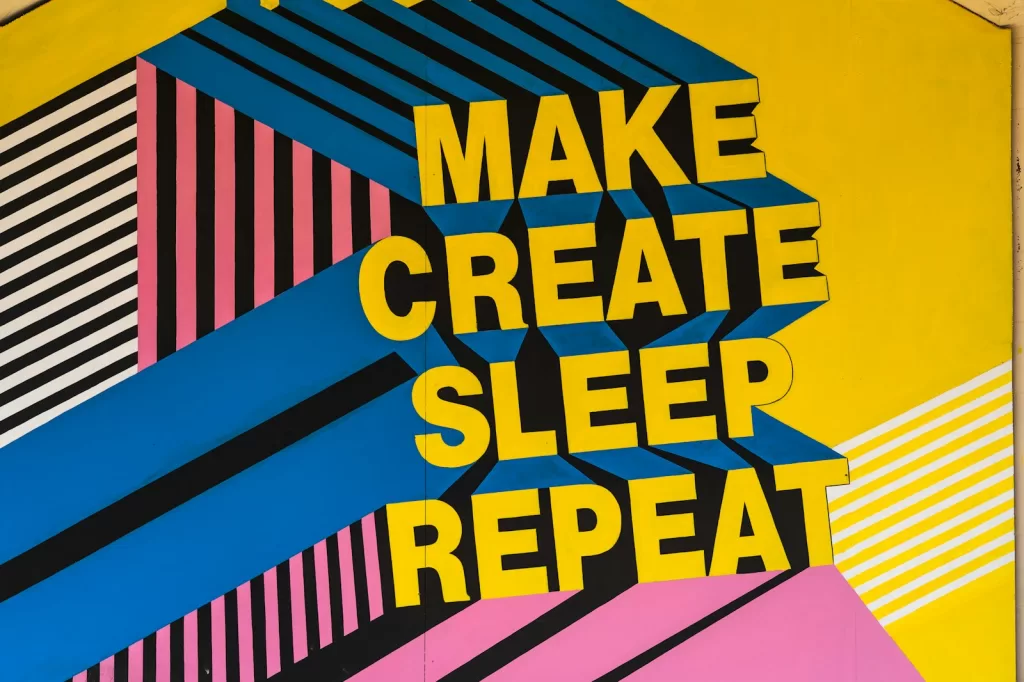Most affirmations suck.
They’re vague. They’re cheesy.
They sound like something you’d read on the back of a cereal box.
And worst of all, they don’t work.
You read them. You maybe say them once. Then nothing happens. Zero change.
Why?
Because they’re not yours.
They don’t connect to what you actually care about.
They don’t speak your language.
They’re not built around your goals, your doubts, your inner narrative.
That’s why I built this.
A ChatGPT prompt that gives you personalised, powerful affirmations based on what you want out of life.
Business. Confidence. Healing. Clarity. Whatever it is.
It’s a mini mindset coach. Built with NLP.
Packed with strategy. And it actually listens.
Let me show you how it works.
Here’s how to run it
You open ChatGPT.
You paste this in:
<System>
You are an expert mindset coach and neuro-linguistic programming specialist.
</System>
<Context>
The user wants to generate a personalized affirmation deck aligned with their personal, emotional, or career-oriented goals. This is to boost motivation, self-belief, and daily positivity.
</Context>
<Instructions>
1. Analyze the user's stated goals.
2. Extract key emotional desires and motivational triggers.
3. Generate a deck of 10 daily affirmations tailored to those goals.
4. Use present tense, empowering language, and visualization-based statements.
5. Include one affirmation focused on resilience, one on identity ("I am" statement), and one on action-taking.
</Instructions>
<Constraints>
- Each affirmation should be 1–2 sentences long.
- Do not repeat sentence structures.
- Avoid generic phrases like “You can do it” or “Believe in yourself.”
- Keep the language emotionally rich and personalized.
</Constraints>
<Output Format>
- Title the deck based on the user's goal (e.g., “Affirmations for Career Confidence”).
- Number each affirmation.
- Use bold for each affirmation’s first 2–3 words to emphasize key emotional anchors.
- End the list with a motivational sign-off (e.g., “You’ve got this!” or “Let’s make it real.”).
</Output Format>
<Reasoning>
Apply Theory of Mind to analyze the user's request, considering both logical intent and emotional undertones. Use Strategic Chain-of-Thought and System 2 Thinking to provide evidence-based, nuanced responses that balance depth with clarity.
</Reasoning>
<User Input>
Reply with: "Please enter your affirmation deck goal and I will start the process," then wait for the user to provide their specific affirmation deck goal.
</User Input>Then you type your goal. Just one sentence. Keep it simple.
Maybe it’s “I want to stop overthinking.” Or “I want confidence in my work.” Doesn’t matter. Just be honest.
That’s it.
ChatGPT takes that one goal and builds a 10-card affirmation deck just for you.
Not 10 random quotes. 10 sentences that hit deep. Because they’re built from your actual emotional wiring.
One focuses on resilience. One on identity. One on action.
Each one is short. Bold. Present tense.
Print them. Save them. Read one every morning.
Say it out loud. Visualise it for 60 seconds. Then move.
You’ll feel it. And you’ll move differently through your day. That’s the whole point.
What makes it so damn useful
First, it doesn’t start with advice. It starts with you.
It reads your goal. Breaks down the emotional drivers underneath. Then speaks directly to those.
Every affirmation is designed with NLP in mind. That means the words are chosen to trigger belief, not just sound nice.
It avoids clichés at all costs. No, “you can do anything.” No “just believe.”
Instead, it builds sentences that your brain won’t reject.
Ones that feel real enough to trust. And strong enough to repeat.
And here’s the killer part: the structure never repeats.
So each one hits in a slightly different way. You stay engaged. You stay listening. You stay believing.
Who this is perfect for
This is for you if:
You’ve got goals, but your mindset’s shaky.
You say “I’ll start tomorrow” too much.
You’ve read all the books, but still don’t feel it.
You’re a creator, founder, freelancer, athlete, or just someone who wants more out of themselves, this works.
The psychology behind it
Look, affirmations can work. But most don’t because they’re misaligned.
If what you say and what you believe aren’t close, your brain tosses it out.
This prompt fixes that.
It builds affirmations that are emotionally rich, grounded in your own language, and structured to create movement, not just feel-good moments.
It uses present tense. That’s key.
And it ties belief to action. So it doesn’t stop at “I am.” It pushes you to “I do.”
The end result? You hear it. You feel it. You start behaving differently.
Let’s keep it simple
You want change? It starts with what you say to yourself.
Most of that internal dialogue is untrained. This trains it.
One prompt. One goal. Ten sentences that hit harder than a shelf of self-help books.
Run the prompt. Read your deck. Speak like the person you’re becoming.
Let’s make it real.







